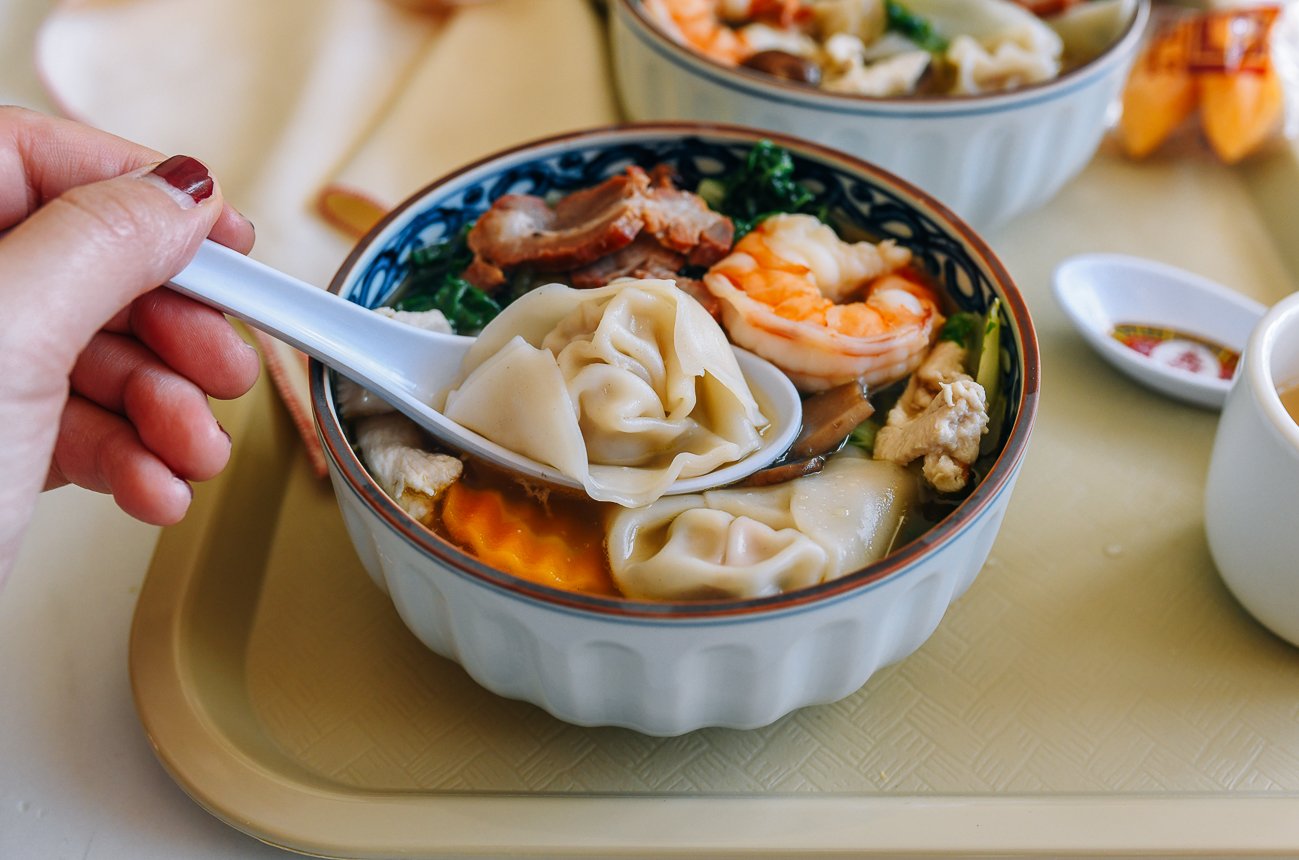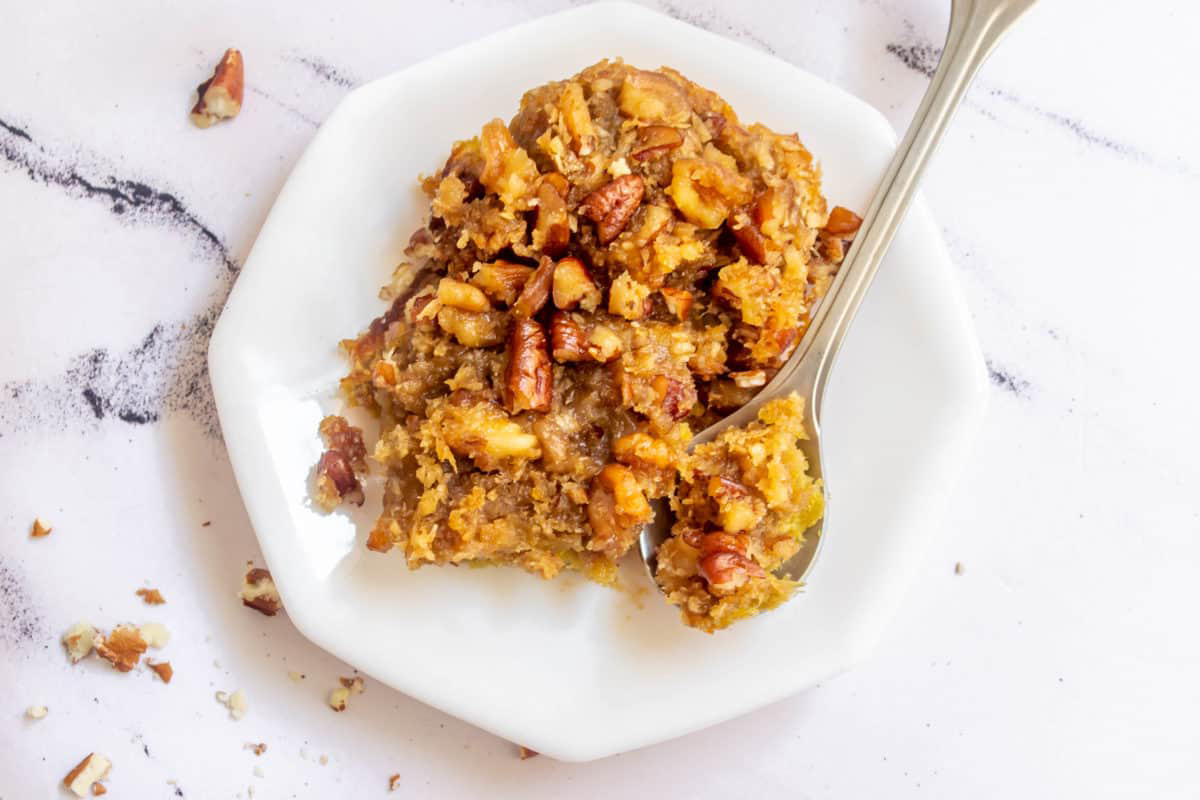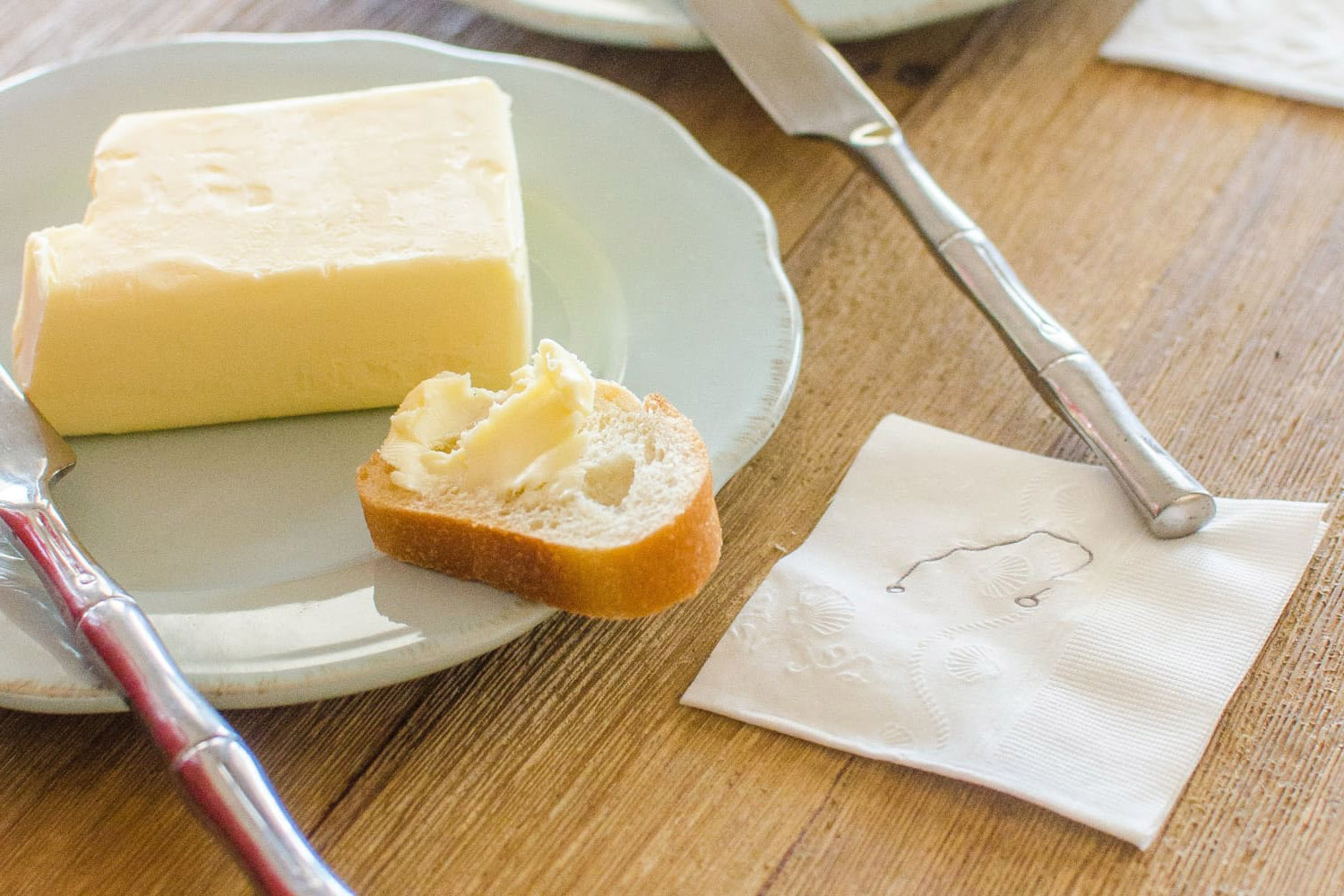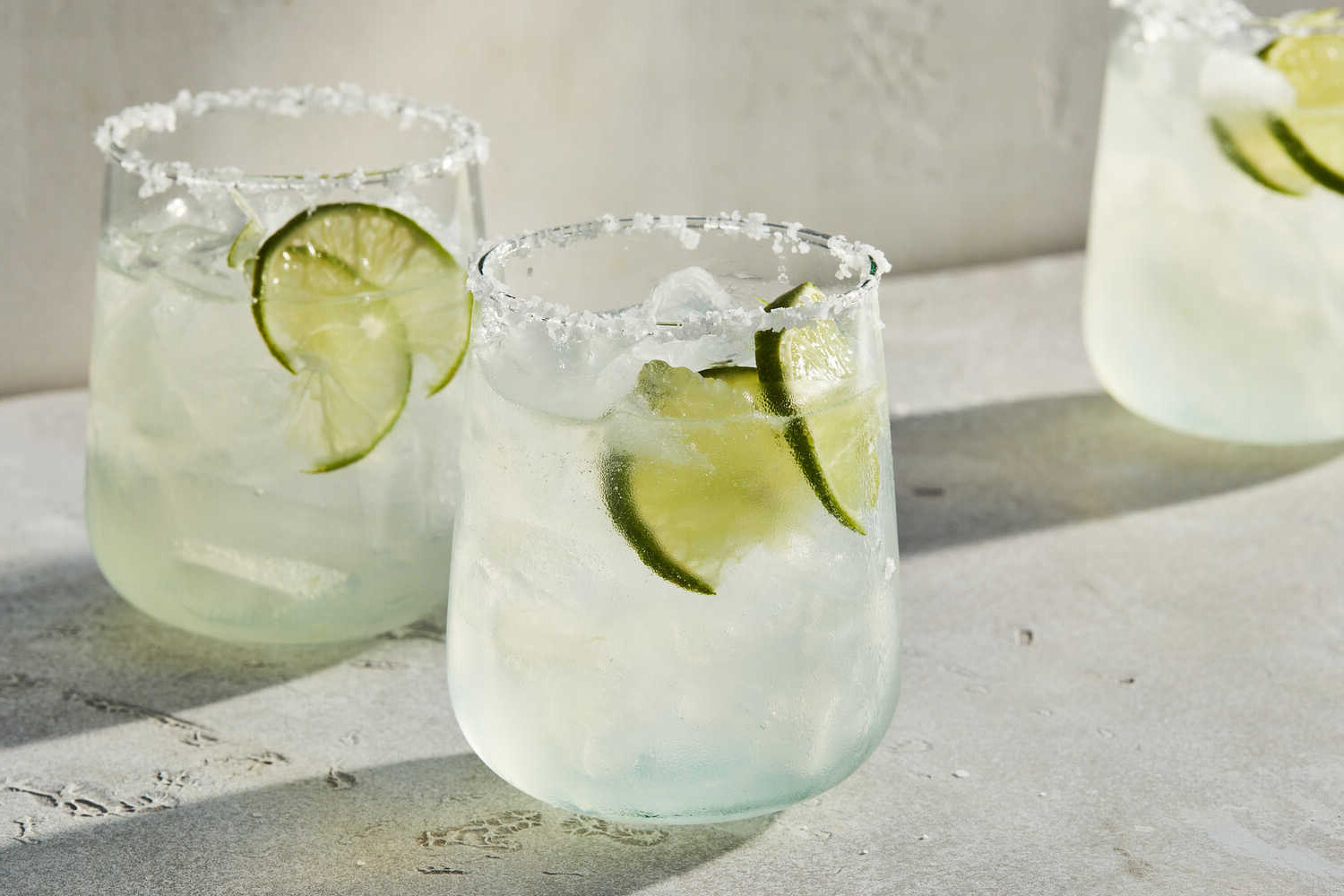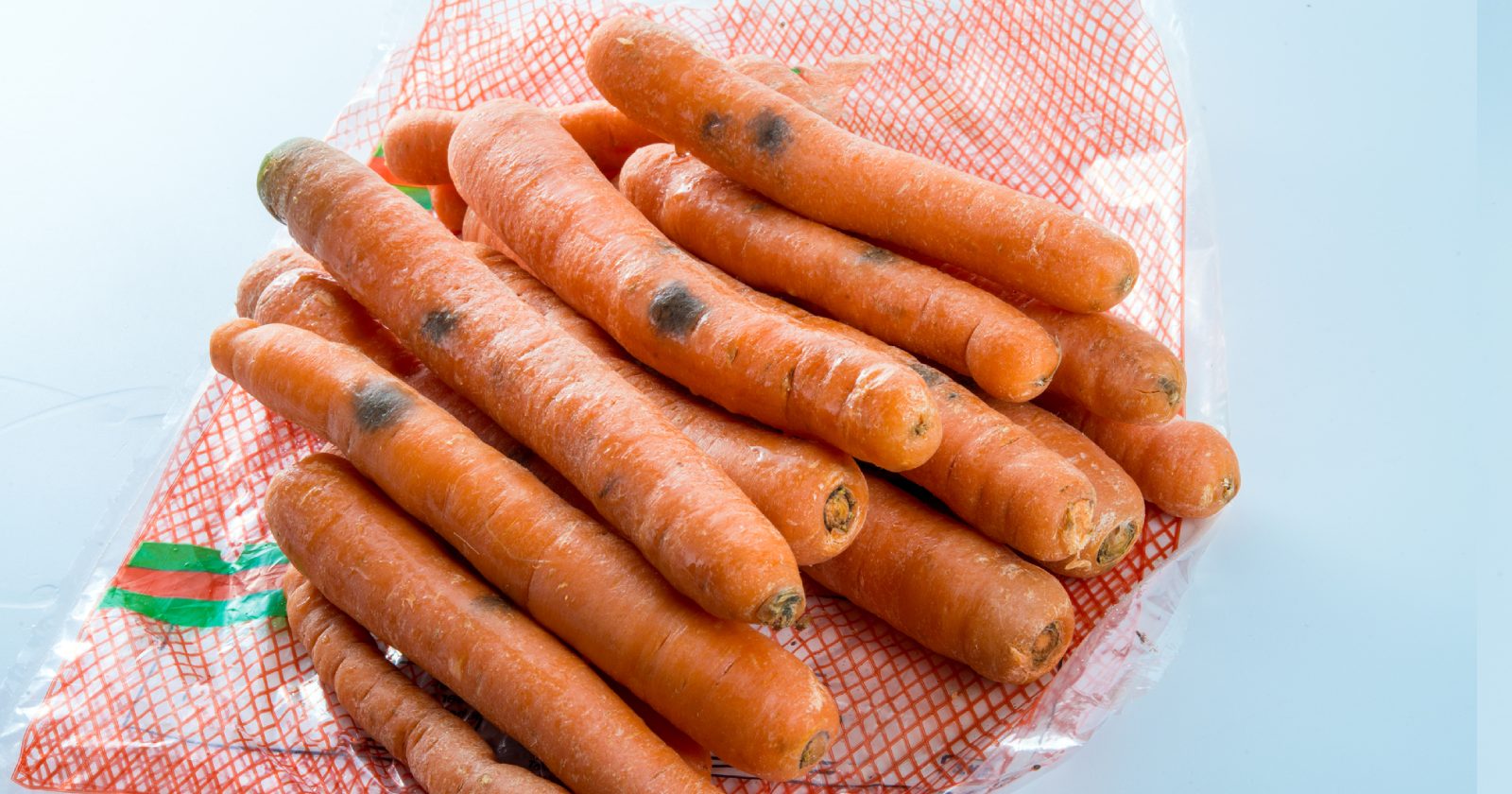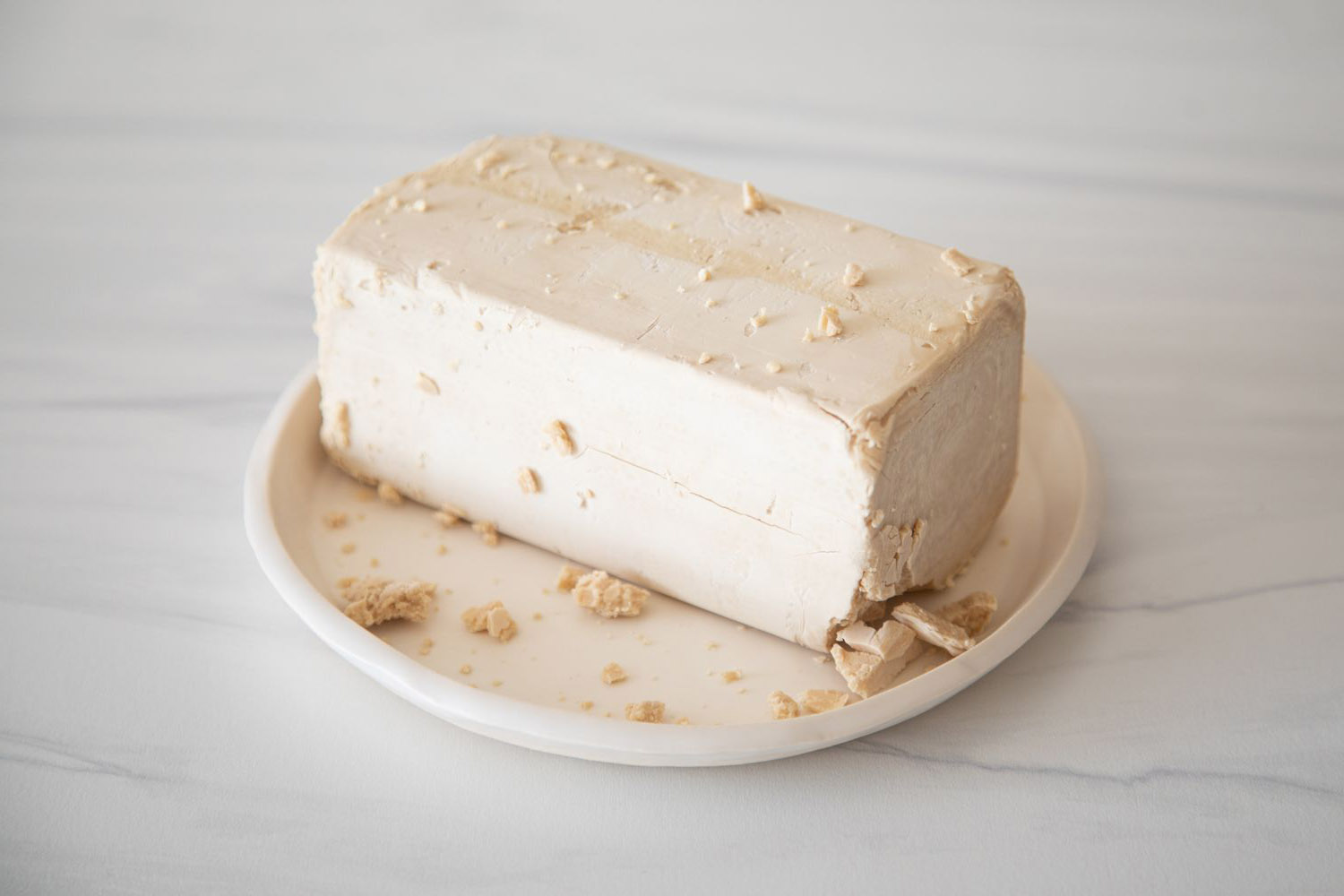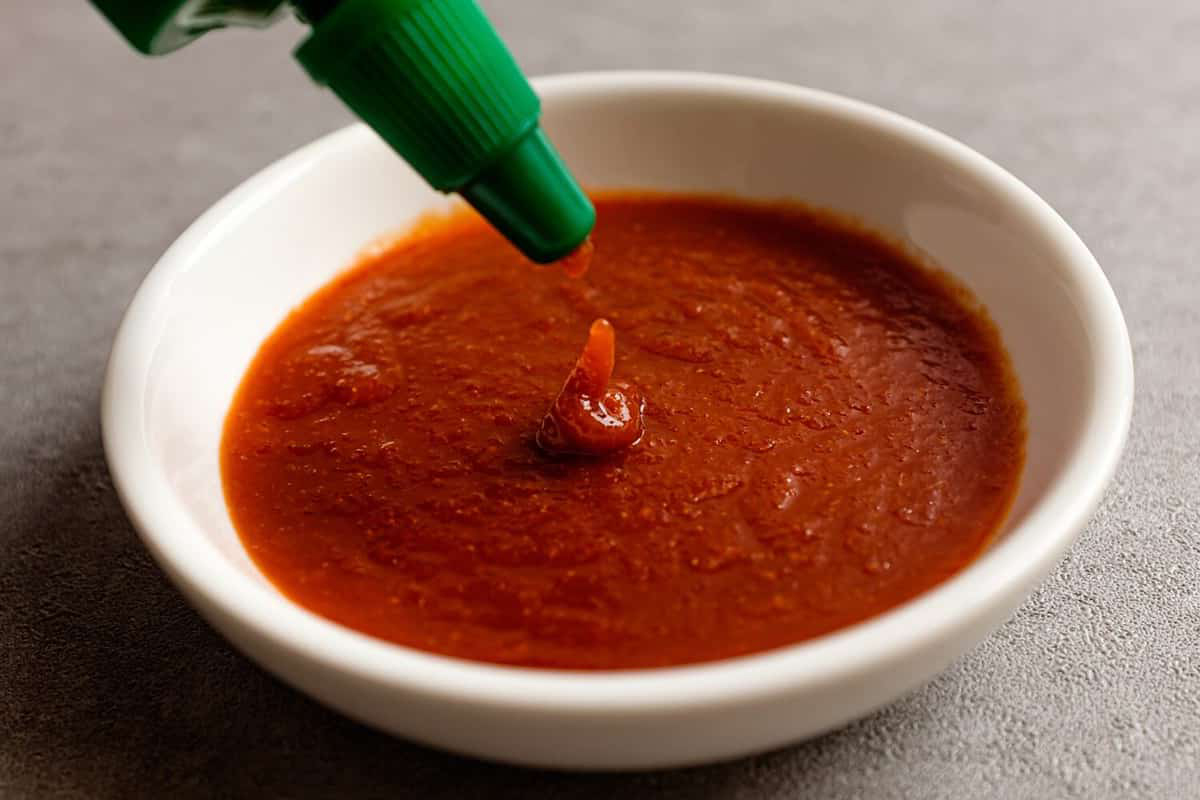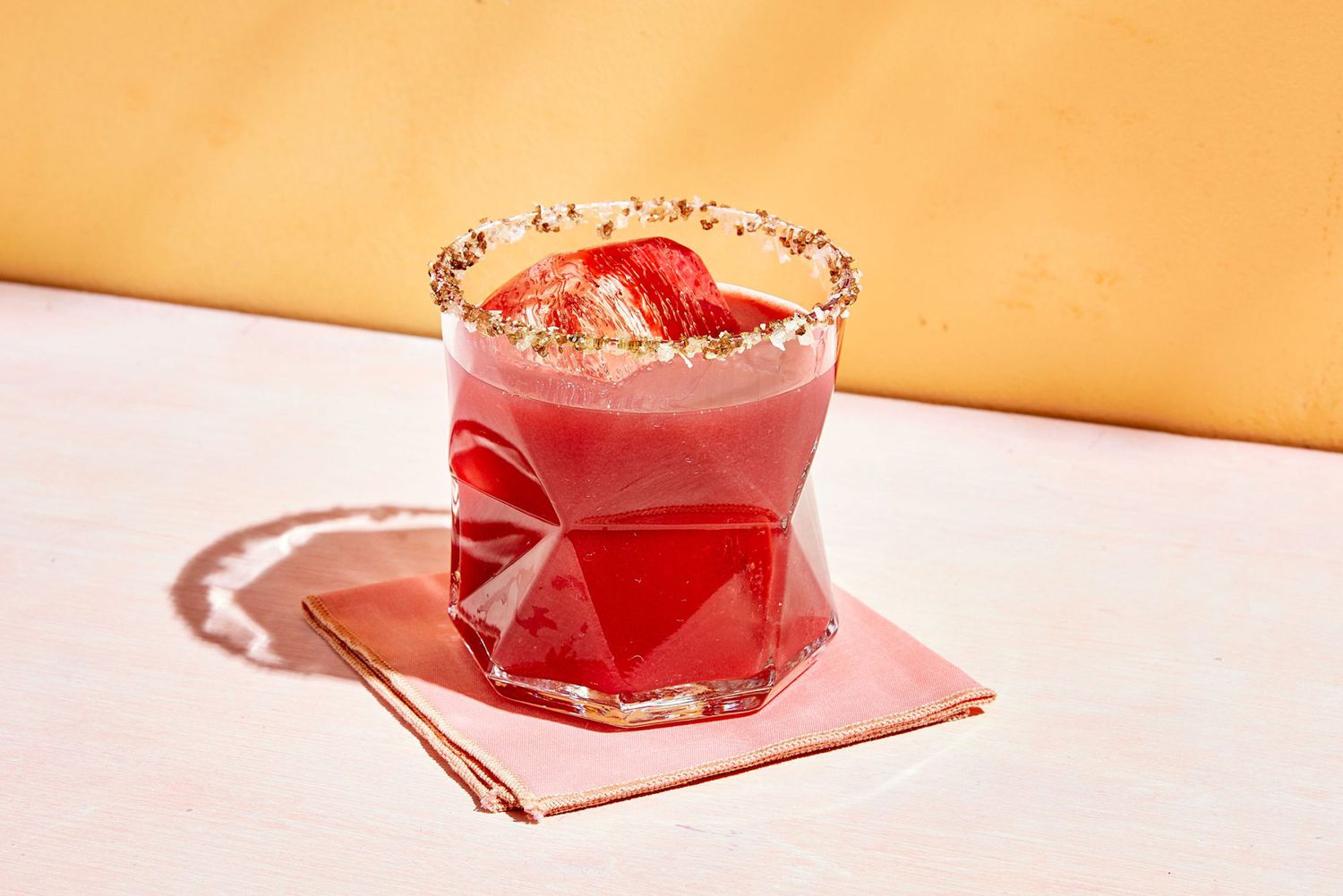Gorgonzola blue cheese is a beloved and iconic cheese that has been enjoyed for centuries. Its rich and creamy texture, combined with its distinctive blue veining, makes it a popular choice for cheese lovers around the world. In this article, we will explore the origins of Gorgonzola blue cheese, its unique flavor profile, and how it is made.
Origins of Gorgonzola Blue Cheese
Gorgonzola blue cheese hails from the Lombardy and Piedmont regions of Italy, where it has been produced for over a thousand years. The cheese is named after the town of Gorgonzola, which is located near Milan. Legend has it that Gorgonzola blue cheese was discovered by accident when a cheese maker left fresh curds in a damp cave, allowing mold to develop and create the distinctive blue veins that are characteristic of the cheese.
Flavor Profile
Gorgonzola blue cheese is known for its bold and complex flavor. It has a creamy texture with a slightly crumbly consistency, and the blue veins running through it provide a sharp and tangy flavor. The cheese has a pungent aroma and a rich, savory taste that can range from mild to intense, depending on the aging process. Gorgonzola blue cheese is often described as being earthy, nutty, and slightly sweet, making it a versatile ingredient in a variety of dishes.
Production Process
The production of Gorgonzola blue cheese begins with the pasteurization of cow's milk, which is then inoculated with Penicillium mold spores to create the characteristic blue veins. The curds are cut and drained before being transferred to molds, where they are left to mature for two to three months. During this time, the cheese is pierced with needles to allow air to enter, which promotes the growth of the blue mold. The result is a cheese with a creamy texture and a complex flavor profile.
Culinary Uses
Gorgonzola blue cheese is a versatile ingredient that can be enjoyed in a variety of ways. It is often crumbled over salads, melted into sauces, or spread on crackers. The cheese pairs well with fruits such as pears and figs, as well as with honey and balsamic vinegar. Gorgonzola blue cheese also complements hearty dishes such as risotto, pasta, and steak, adding a depth of flavor to the dish.
Health Benefits
In addition to its delicious flavor, Gorgonzola blue cheese offers several health benefits. It is a good source of calcium, protein, and vitamin B12, which are essential for bone health, muscle function, and energy production. The cheese also contains probiotics, which promote gut health and digestion. However, it is important to consume Gorgonzola blue cheese in moderation, as it is high in saturated fat and sodium.
In conclusion, Gorgonzola blue cheese is a beloved cheese with a rich history and a unique flavor profile. Whether enjoyed on its own or incorporated into a dish, this iconic cheese is sure to delight the taste buds of cheese enthusiasts everywhere. So, the next time you're looking for a cheese with character, consider reaching for a piece of Gorgonzola blue cheese and savoring its creamy texture and bold flavor.
Was this page helpful?
Read Next: What Is Kogi Sauce
